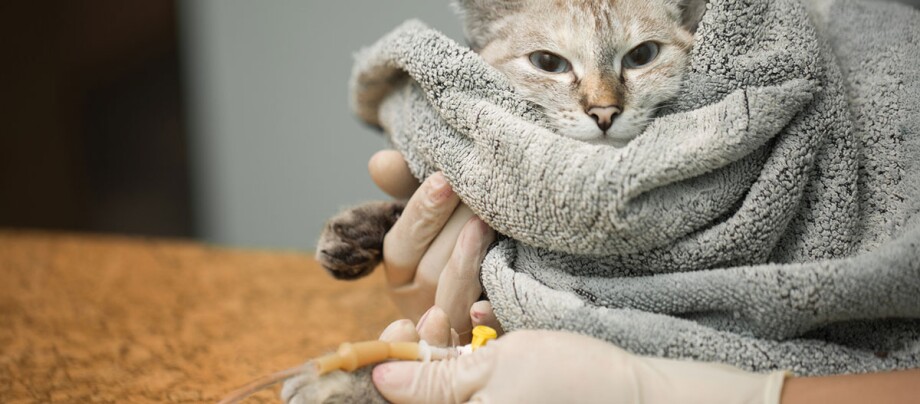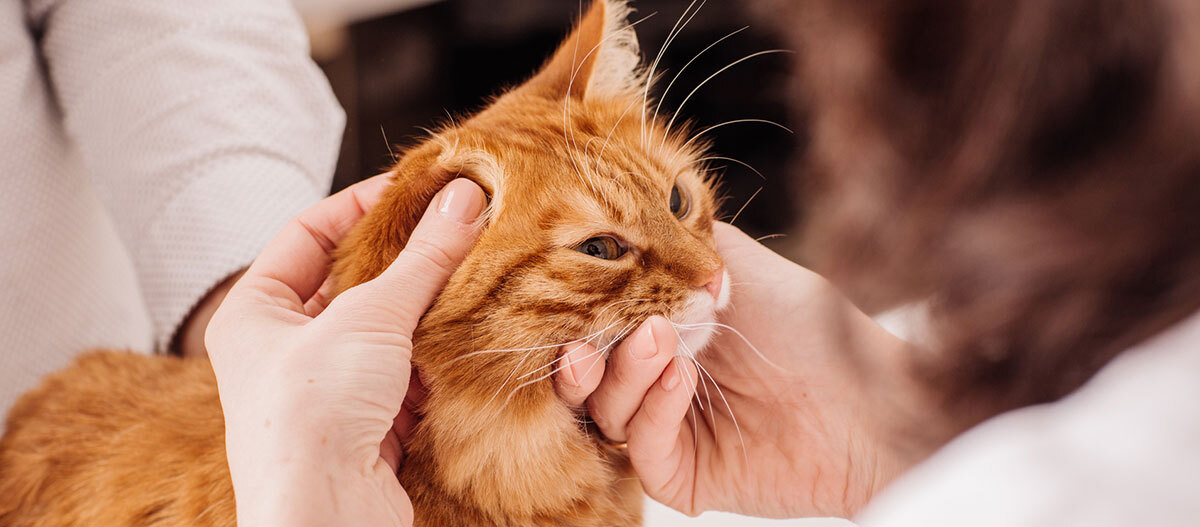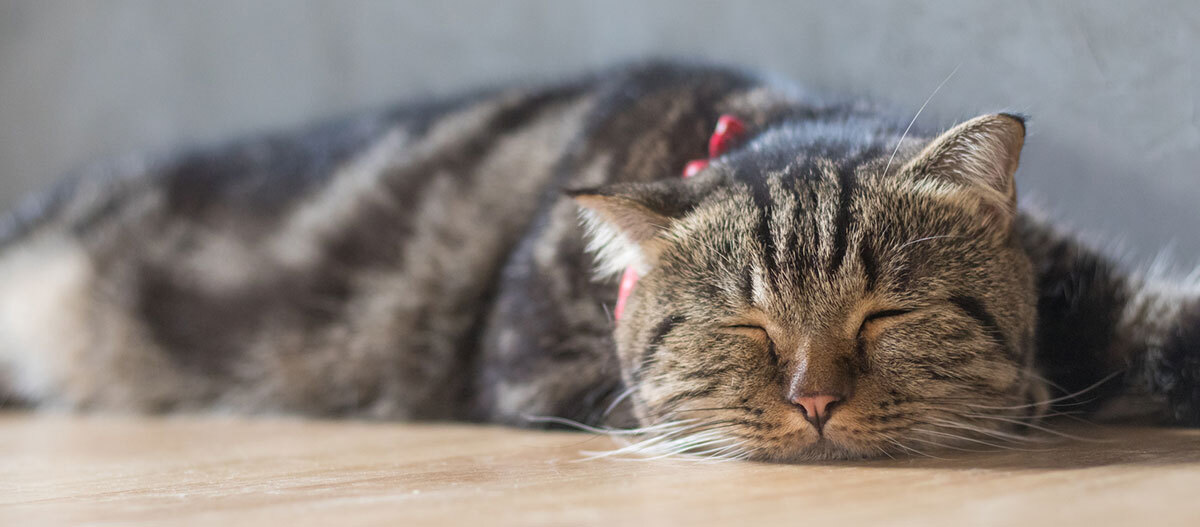Feline Infectious Peritonitis (FIP) in Cats - Fatal Peritonitis
17.10.2022 - Reading time: 5 minutes

If the cat suddenly becomes apathetic and feverish, and their belly swells up despite them not eating much, it may be a sign. Your pet may have one of the most dreaded cat diseases: FIP, a contagious form of peritonitis caused by a virus mutation. FIP can affect any cat and once they have it there is no cure. A preventive vaccination is possible, but experts do not completely agree about its benefits.
What is FIP in cats?
The abbreviation FIP stands for “feline infectious peritonitis”; a contagious disease that clinically manifests itself as inflammation of the peritoneum, but occasionally also attacks the pleura. This does not refer to the cat’s coat, but the lining of the body cavities, i.e. the covering for the internal organs in the abdominal and thoracic cavity. This very sensitive, protective skin contains blood and lymph cells as well as nerves. The worldwide FIP disease will be triggered by an aggressive mutation of the feline coronavirus, which can cause gastrointestinal diseases, which are usually rather mild, however.
FIP affects not only domestic cats: It has been detected in big cats such as lions and leopards also. The feline coronavirus is primarily ingested through contact with the faeces, saliva or nasal secretions of another infected cat. Direct transmission from cat to cat is also possible via saliva from mouth to mouth or from mouth to nose. Contaminated objects pose an additional risk: Outside a host body, the virus can survive for a period of up to seven days. Even humans can be intermediate carriers and transmit the virus to the cat. There is no risk of infection from animal to human, however.
The risk of infection increases when many cats are living together. In animal shelters and boarding kennels, many cats live together in a relatively small space. Conditions like this promotes the spread of the virus. Mere infection doesn’t mean you’re dealing with an acute disease however: the danger lies in the mutation of the coronavirus in the cat’s body to the actual FIP virus. Sometimes, the disease does not break out at all.

Which FIP symptoms will the sick cat show?
The incubation period will be about four months if the cat has ingested viruses, but the animal will excrete the pathogen itself only a few days after infection. It gets dangerous when the originally ingested virus mutates in the cat’s intestine and the feline coronavirus then becomes the FIP virus. This attaches itself to the scavenger cells of the host animal’s own defence system, using them for reproduction and damaging them so that they decay. Messenger substances are also released and attack the cell walls, triggering the actual peritonitis. There are “moist” and “dry” forms of this. Accordingly, different symptoms will appear.
Both forms are preceded by a mild rhinitis, secretion of nasal and lacrimal secretions, a reluctance to eat, emaciation and fever that will not subside. Especially the chronic fever can be the first sign of an outbreak of the disease in a young cat.
The “wet” form of FIP is characterized by a subsequent accumulation of fluid in the abdominal or, more rarely, the thoracic cavity, which results in a clear outward swelling of the cat’s body. The compression of the organs as a result of the fluid may result in respiratory distress. A puncture of the fluid will provide the vet with clear evidence of the FIP disease.
In the “dry” form, the accumulation of moisture plays a lesser role; instead, tissue nodules form at the sites of inflammation. These can occur primarily in the abdomen and pleura and internal organs, but also in the brain or eyes. Jaundice, various eye diseases, anaemia or neurological deficits such as cramps, confusion and paralysis may also occur.
The vet will have various test methods at his disposal to diagnose the disease with certainty. Antibodies or antigens can be localised in blood or other body fluids.

Is there a vaccination for FIP and how does it work?
Preventive vaccination against FIP is possible in principle, but is stil very controversial among experts. The vaccine serum – which is not administered by injection but through the nose as a potential “gateway” for the virus – is ineffective if the cat is already a carrier of the “harmless” feline coronavirus. This should be tested before any vaccination. The prevailing expert opinion is that FIP vaccination makes sense for outdoor and indoor cats that would react to contaminated material that comes in accidentally.
What is the life expectancy of an FIP cat?
FIP usually affects younger cats between six months and five years of age, as well as senior cats. There is a relatively good chance that the disease will not break out if your cat is infected. Only about five to ten percent of infected animals become ill. Acute disease is related to the general immune status: The risk of FIP outbreaks is lower in cats with a well-established immune system. Other diseases or stress factors can favour an outbreak, however.
For acute FIP, however, the chances of survival for the affected cat are unfortunately very low. The average remaining lifespan is nine days, and only five percent of affected animals live longer than one year. Unfortunately, no effective therapy that leads to recovery is yet available, but research continues.



